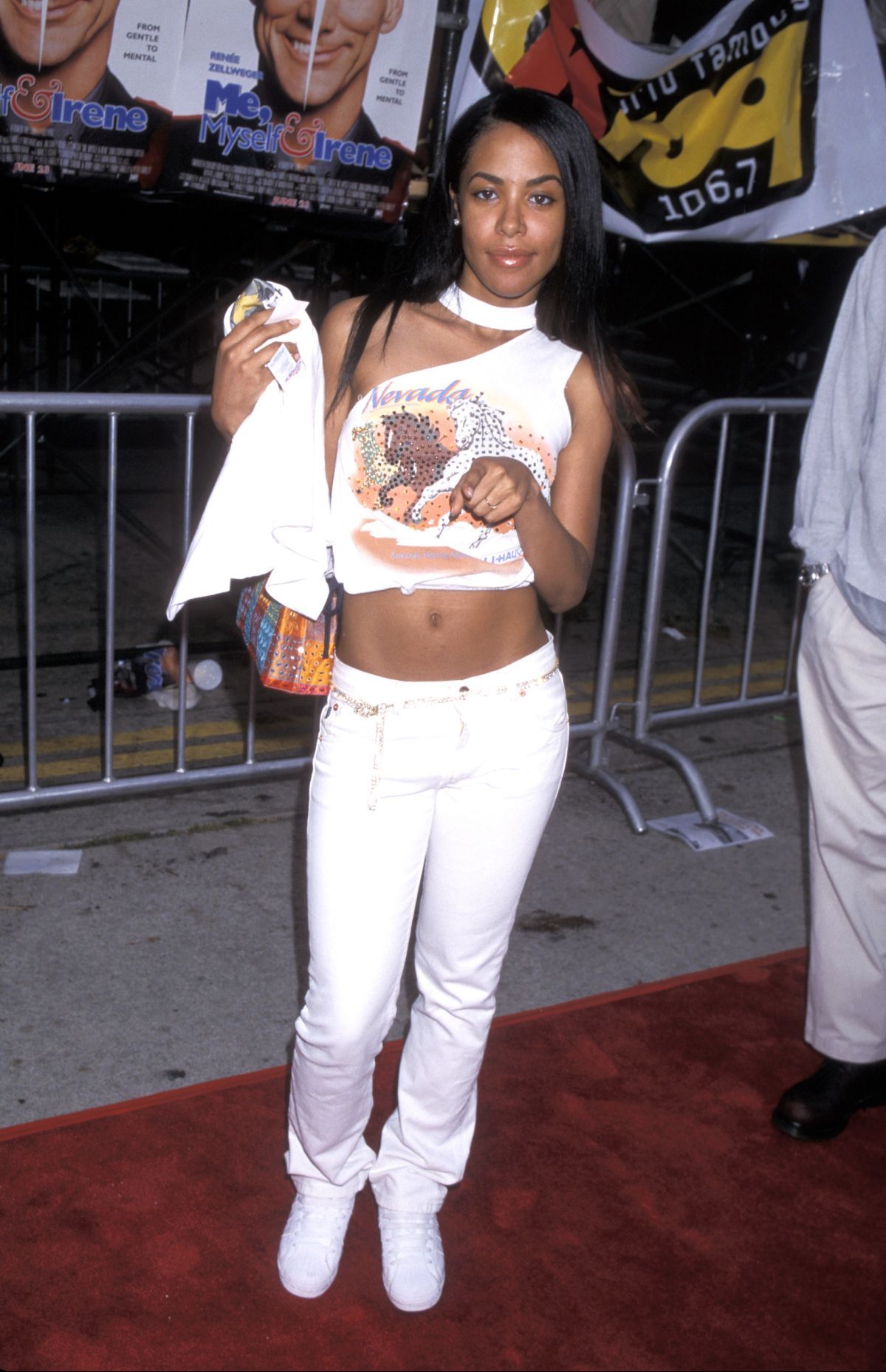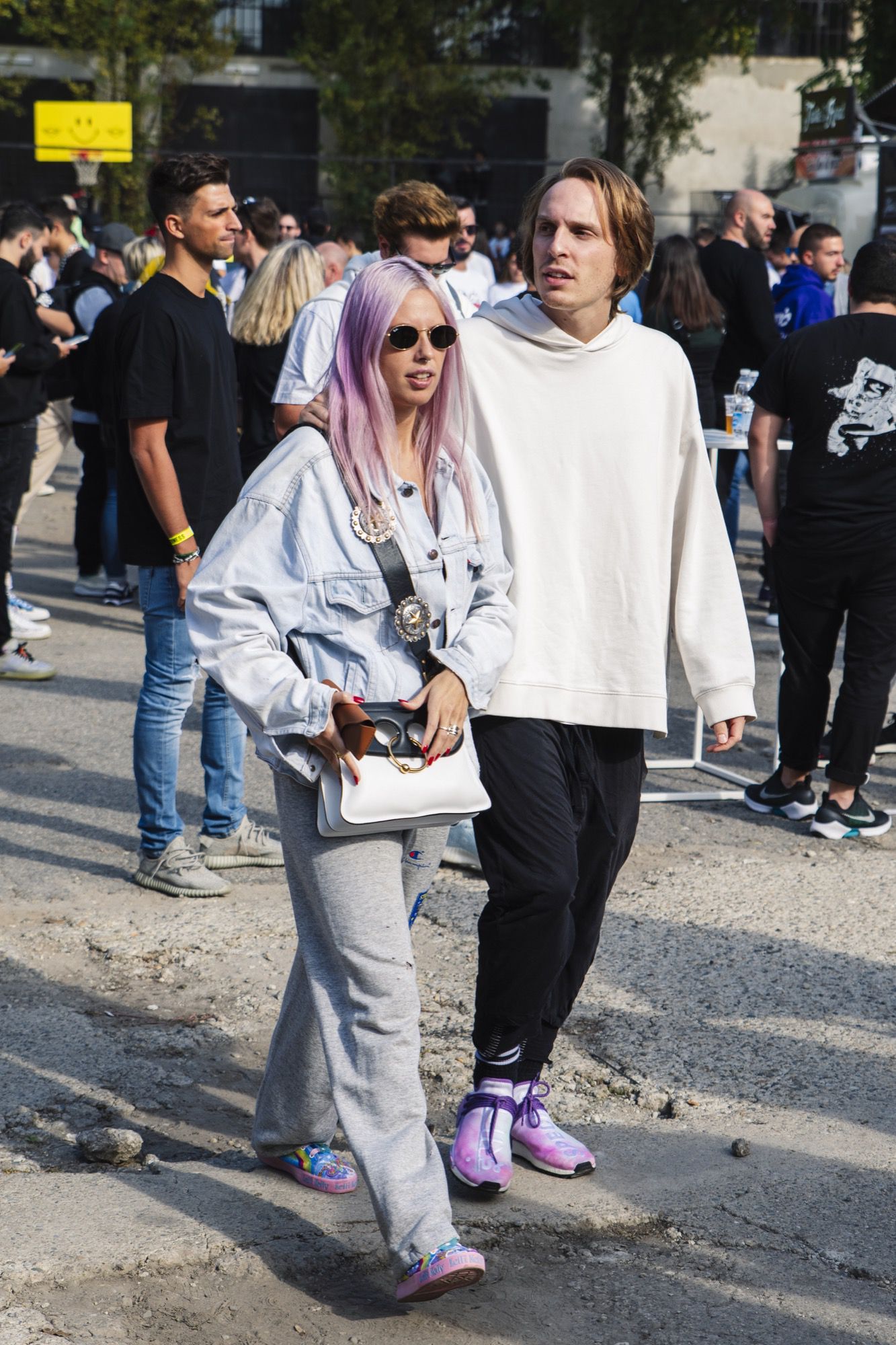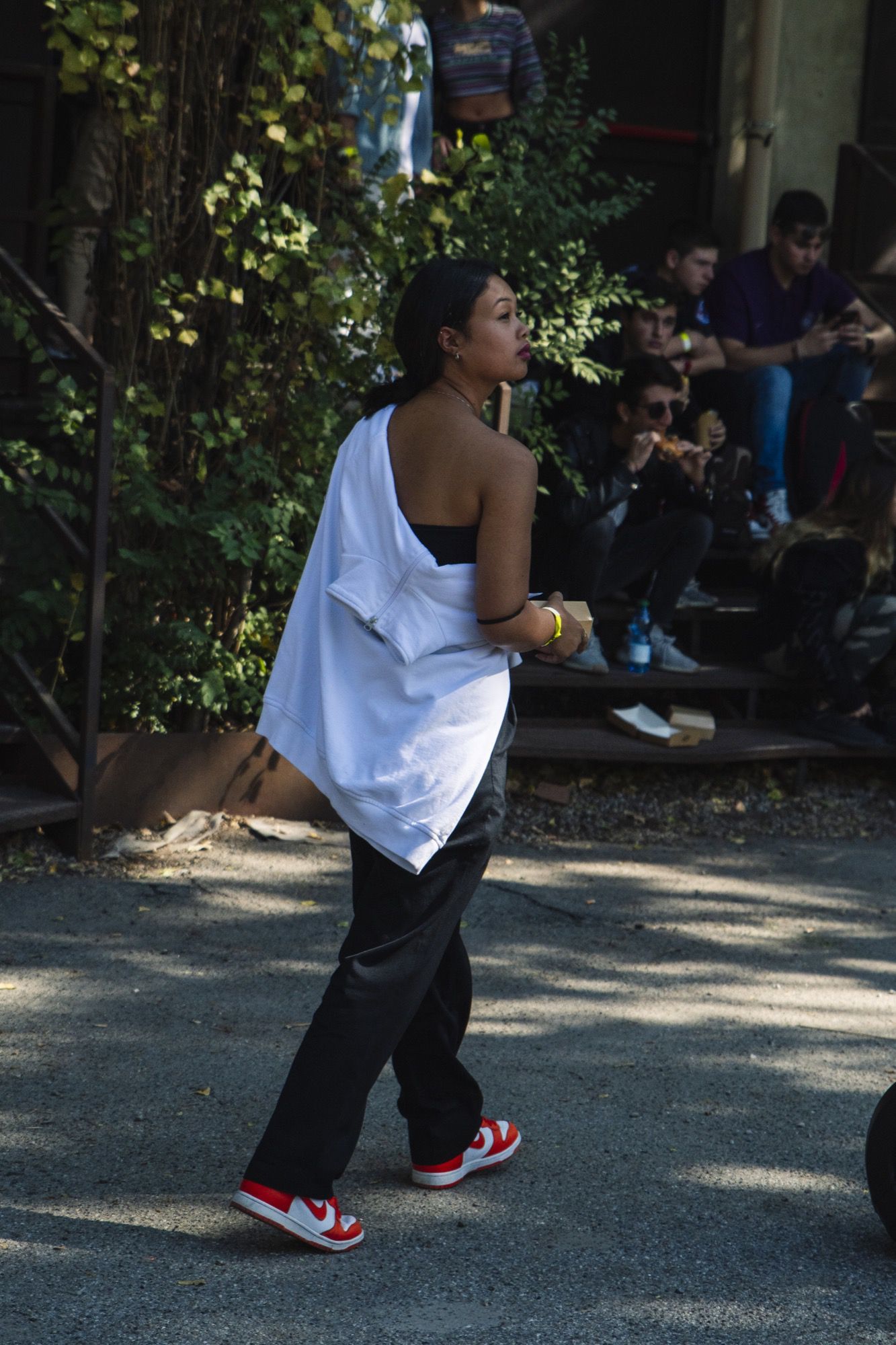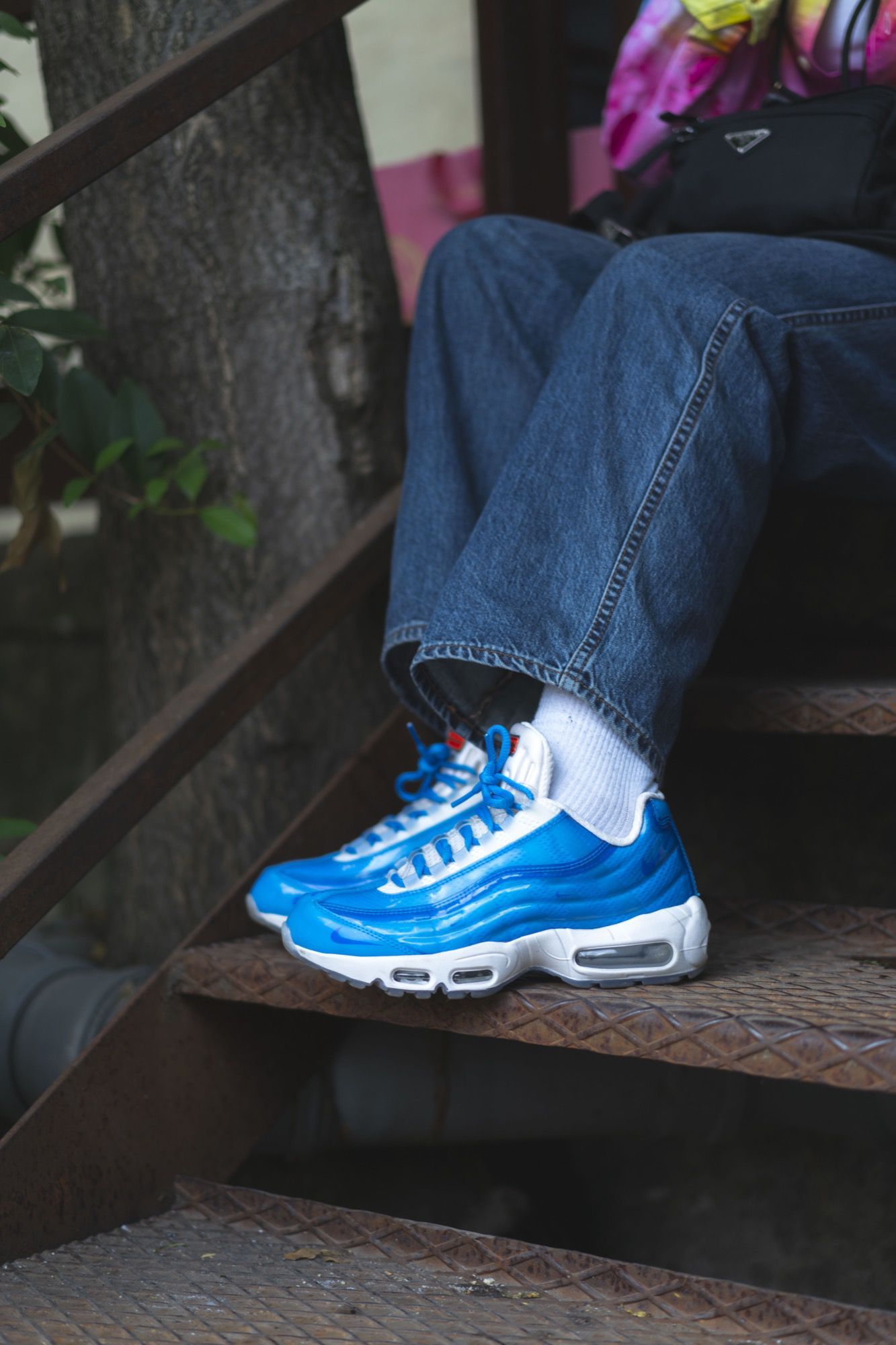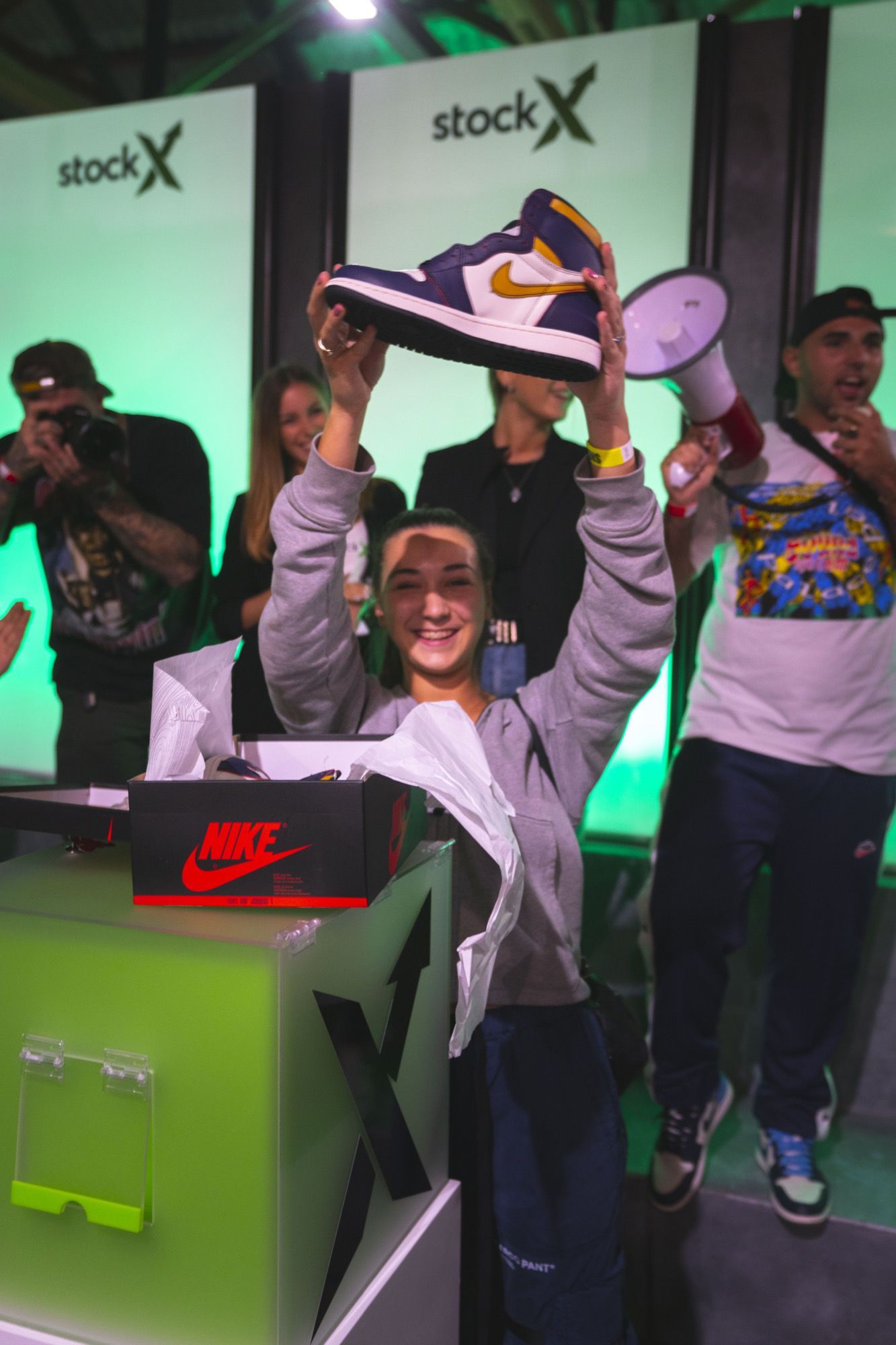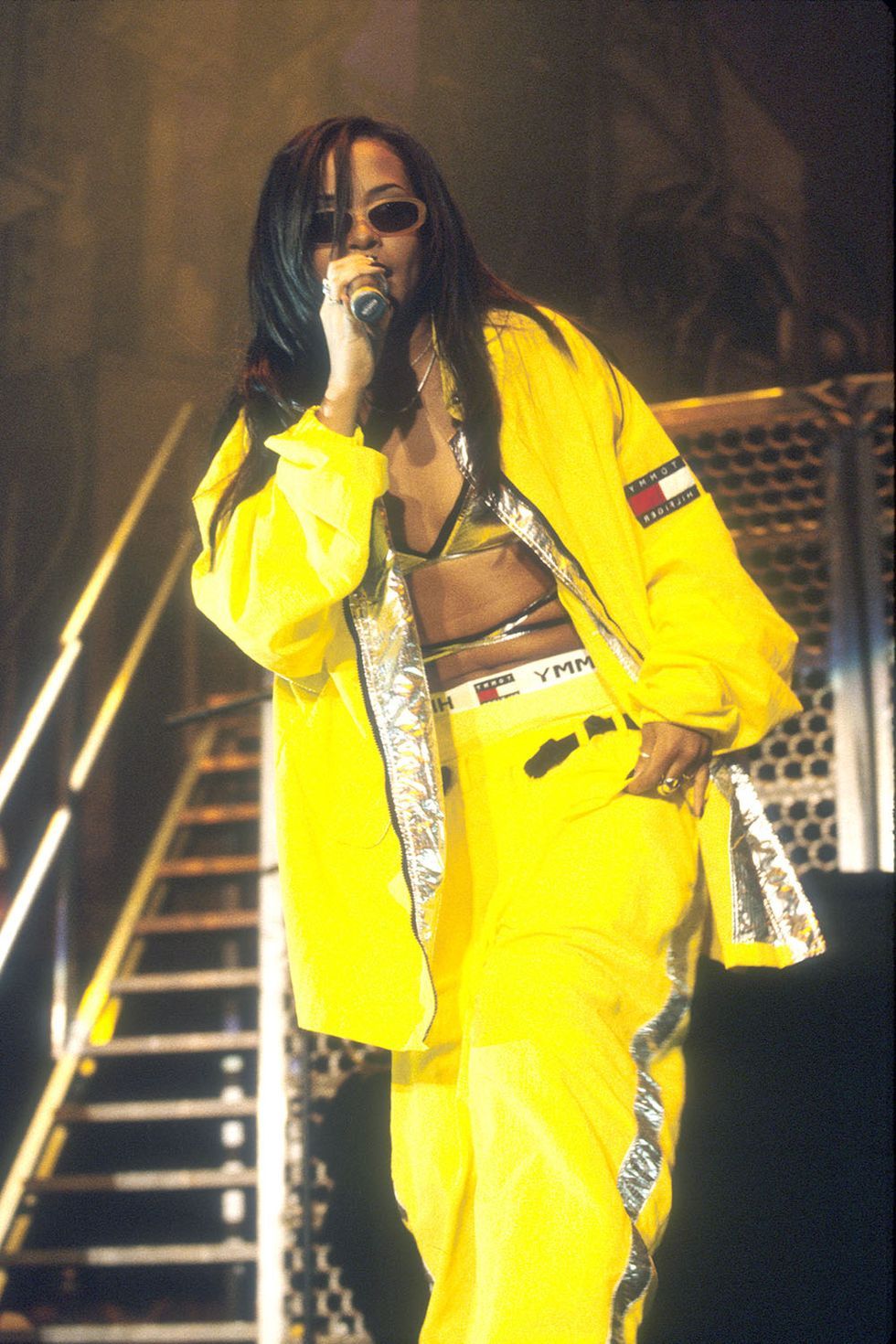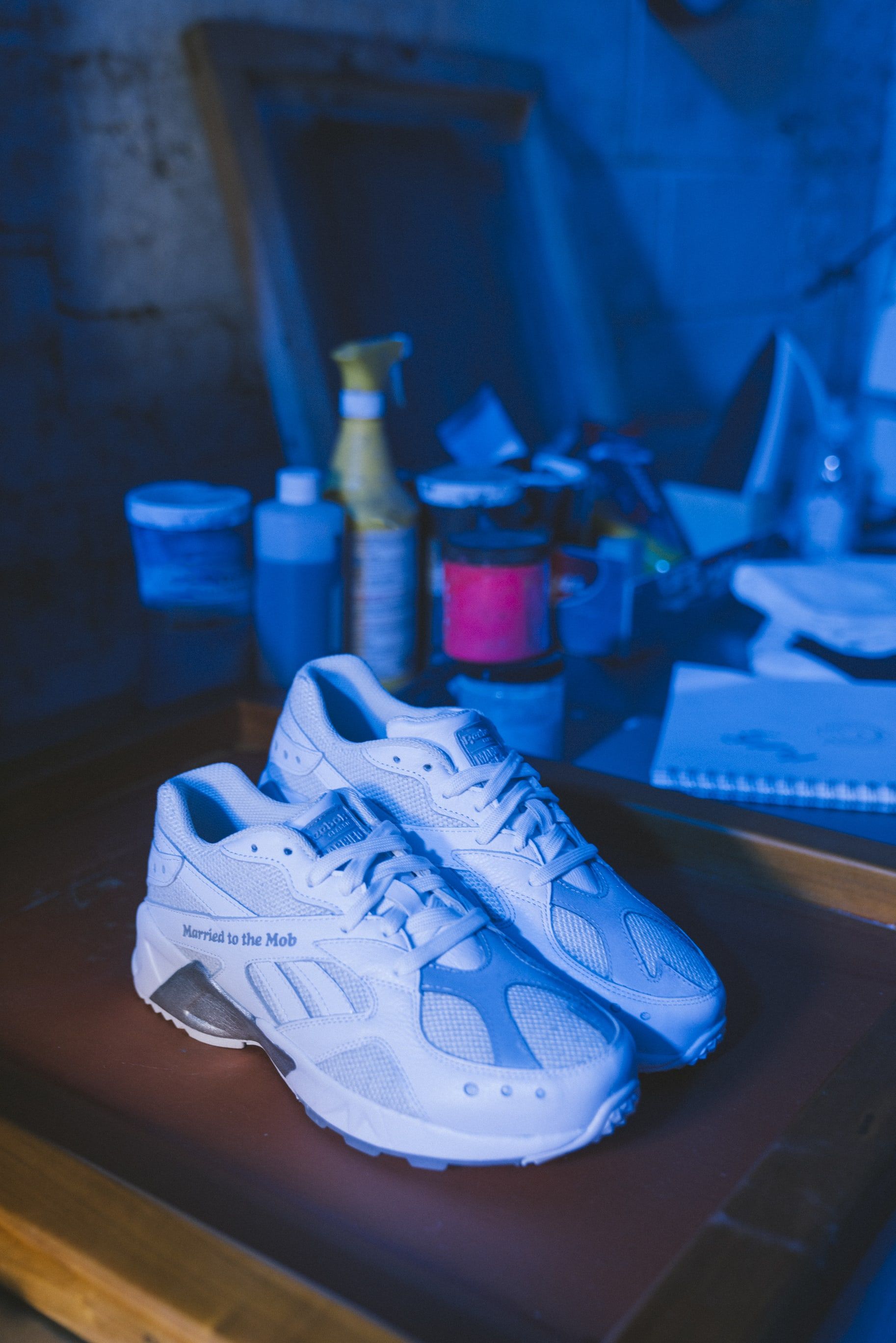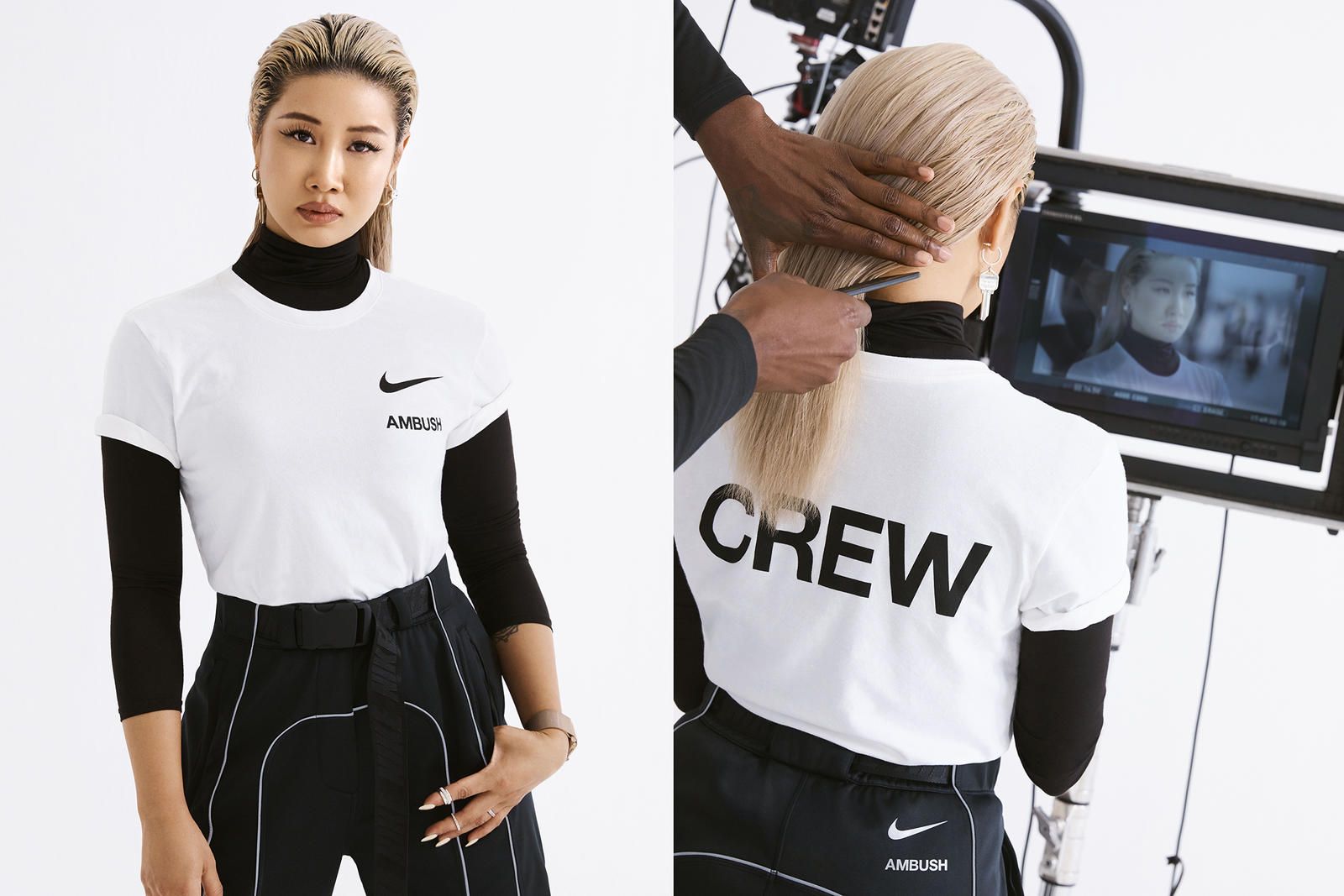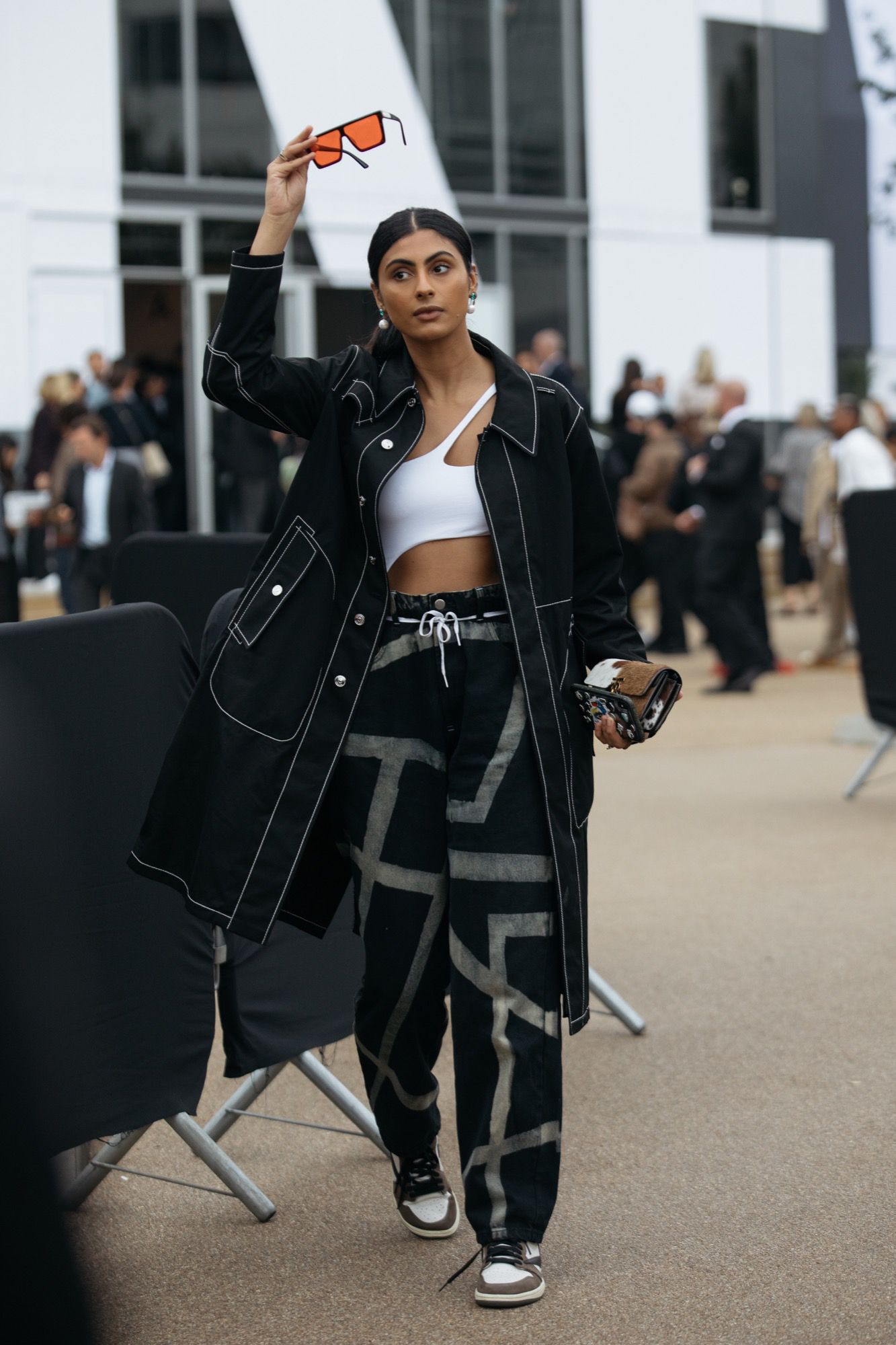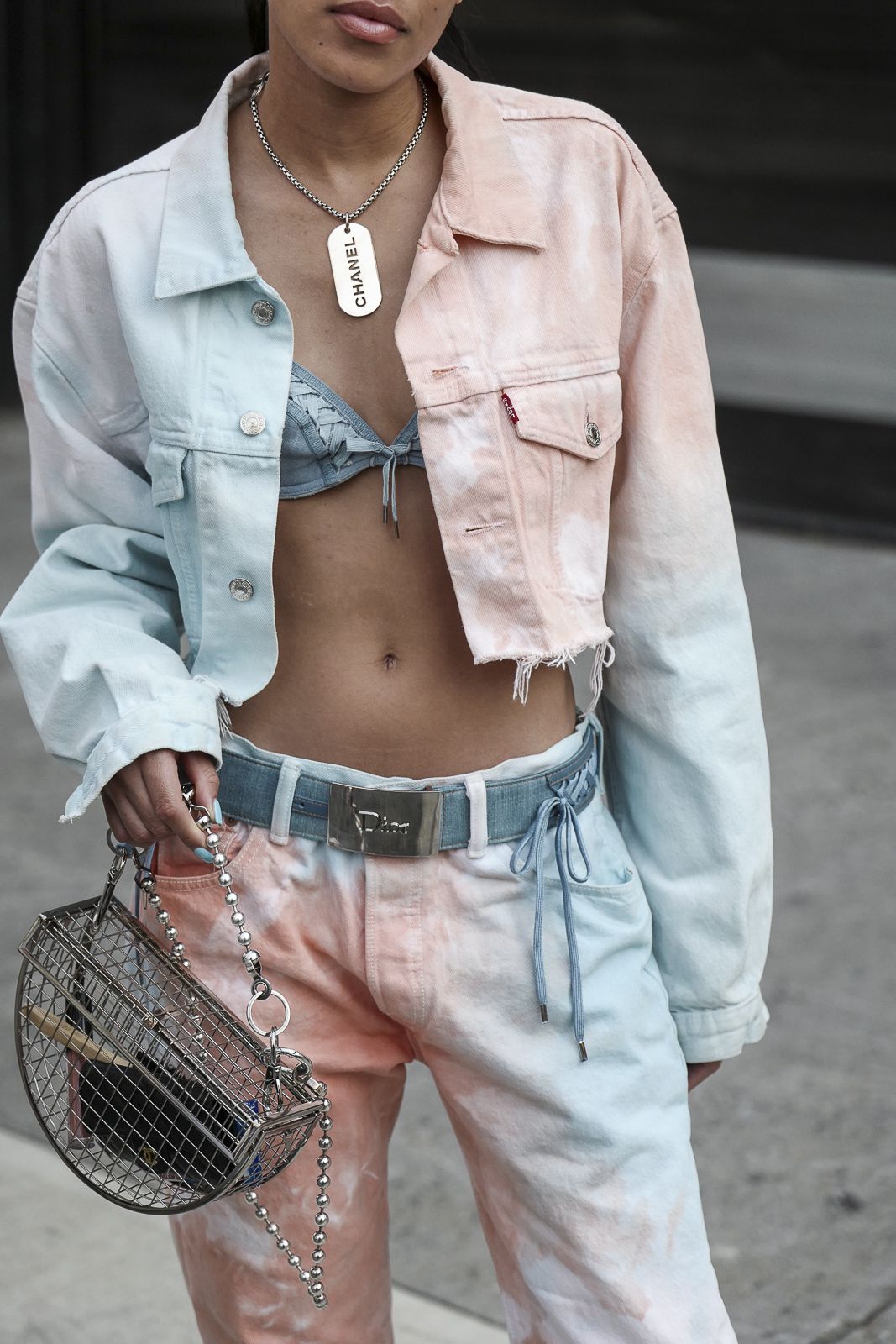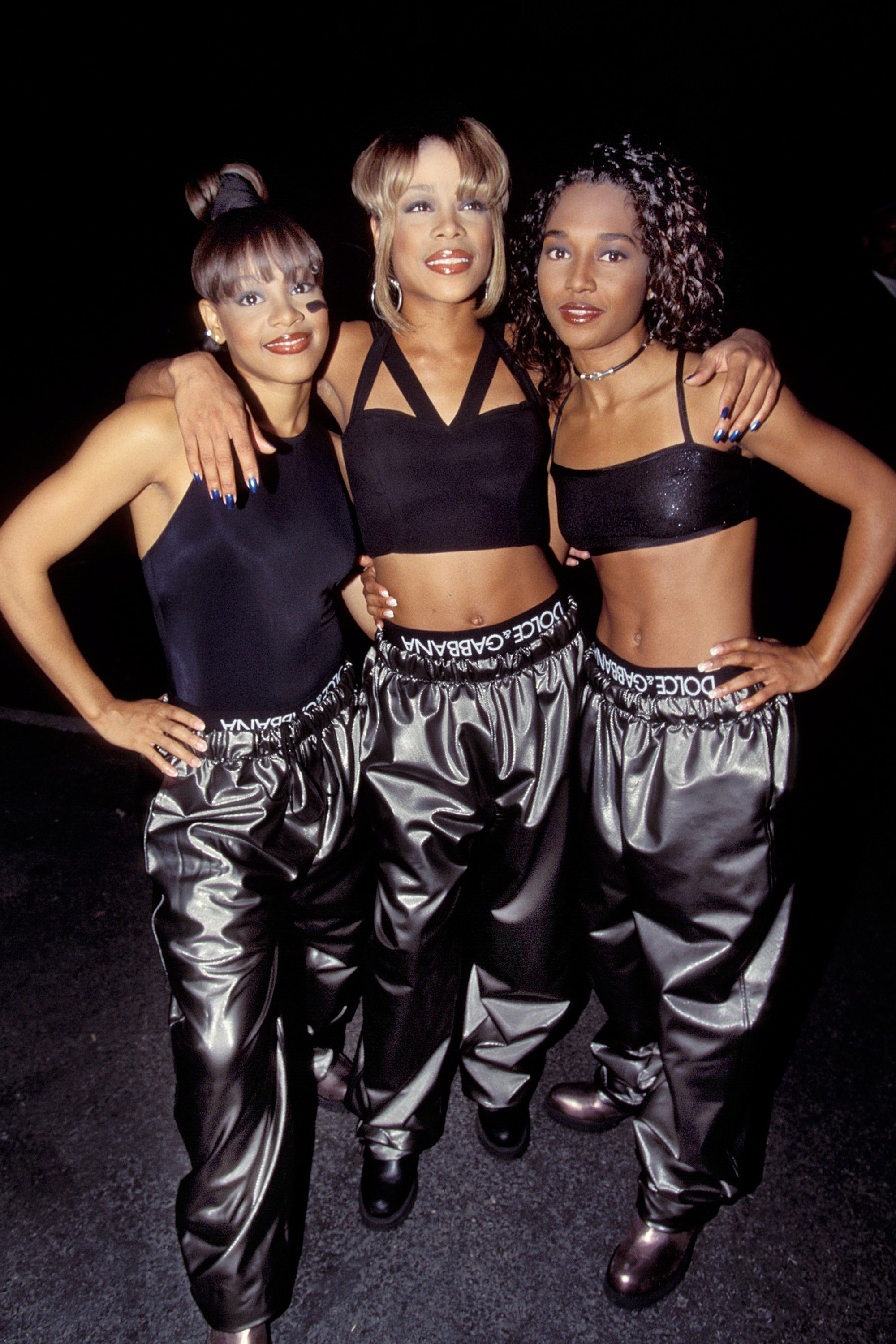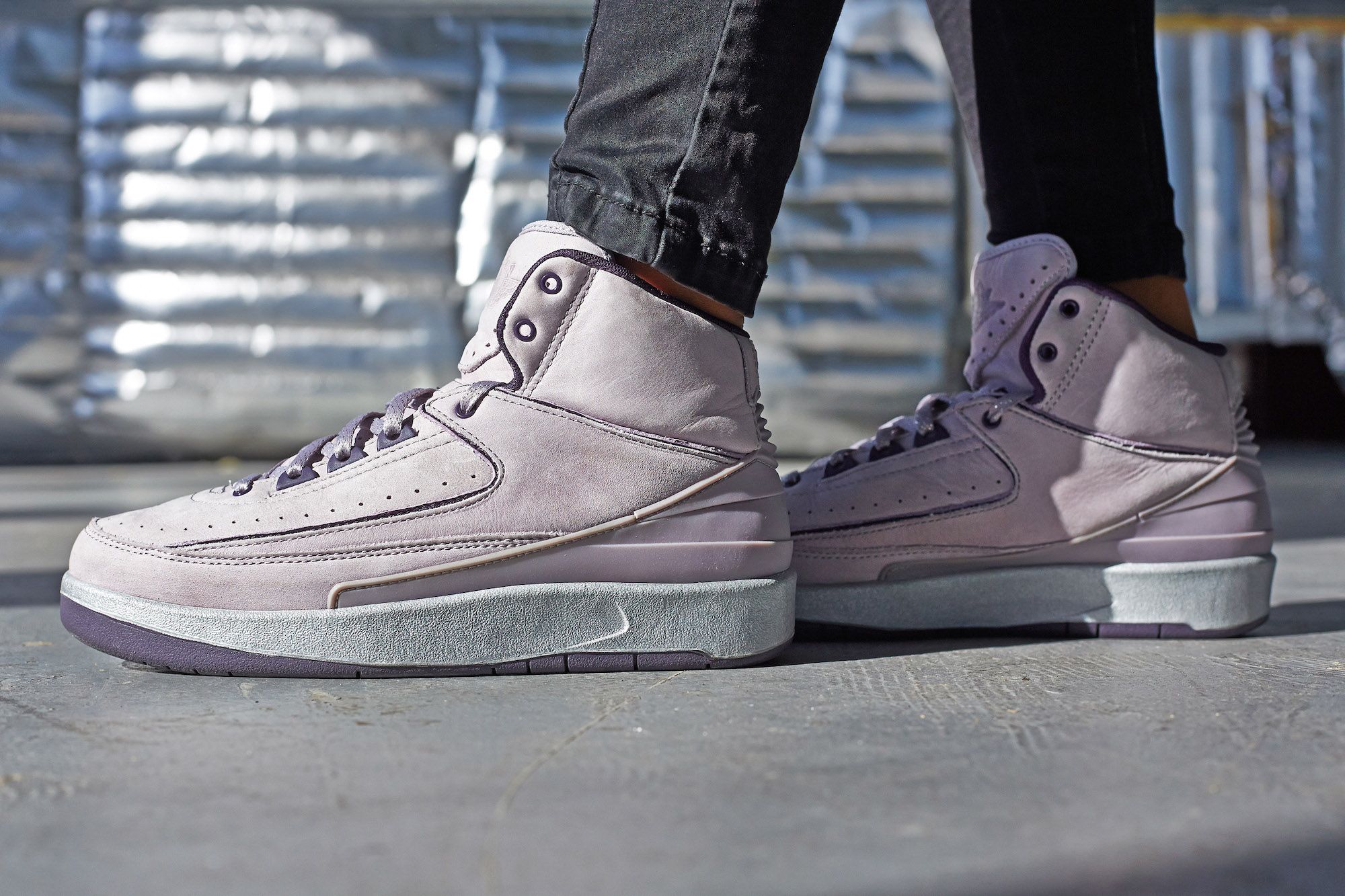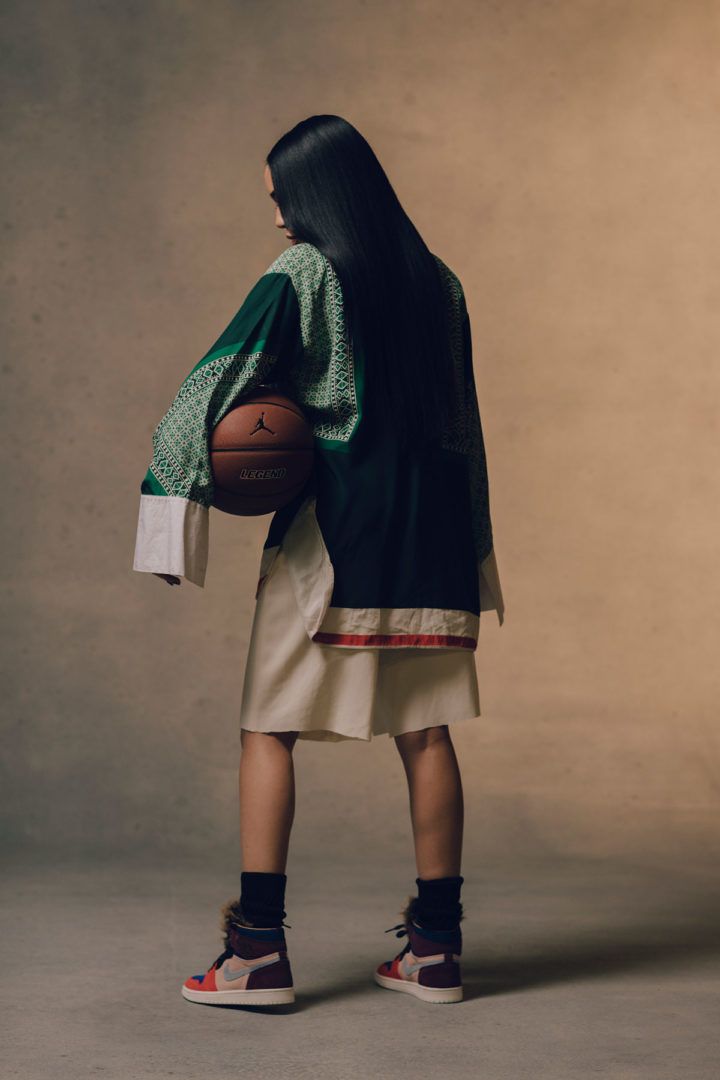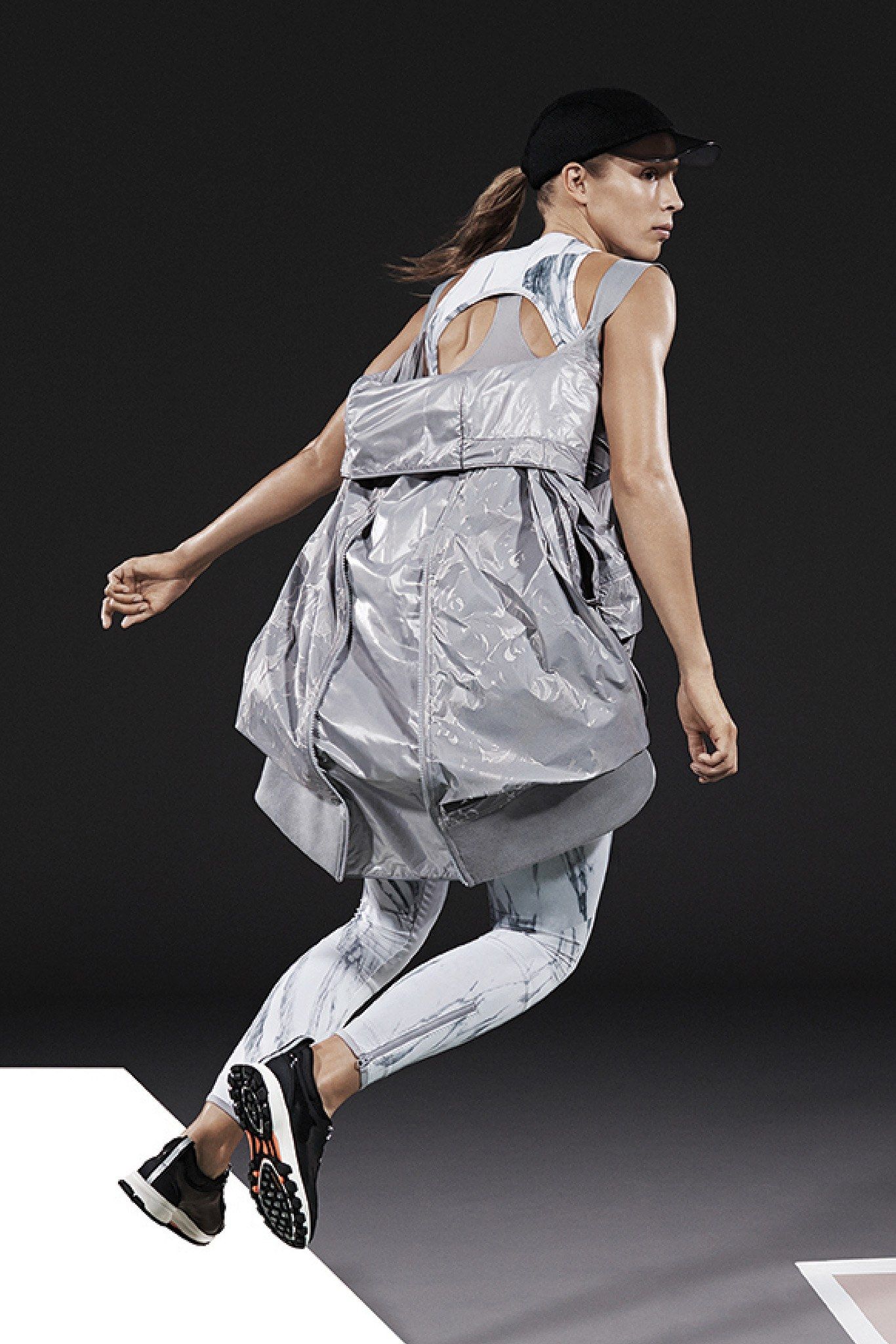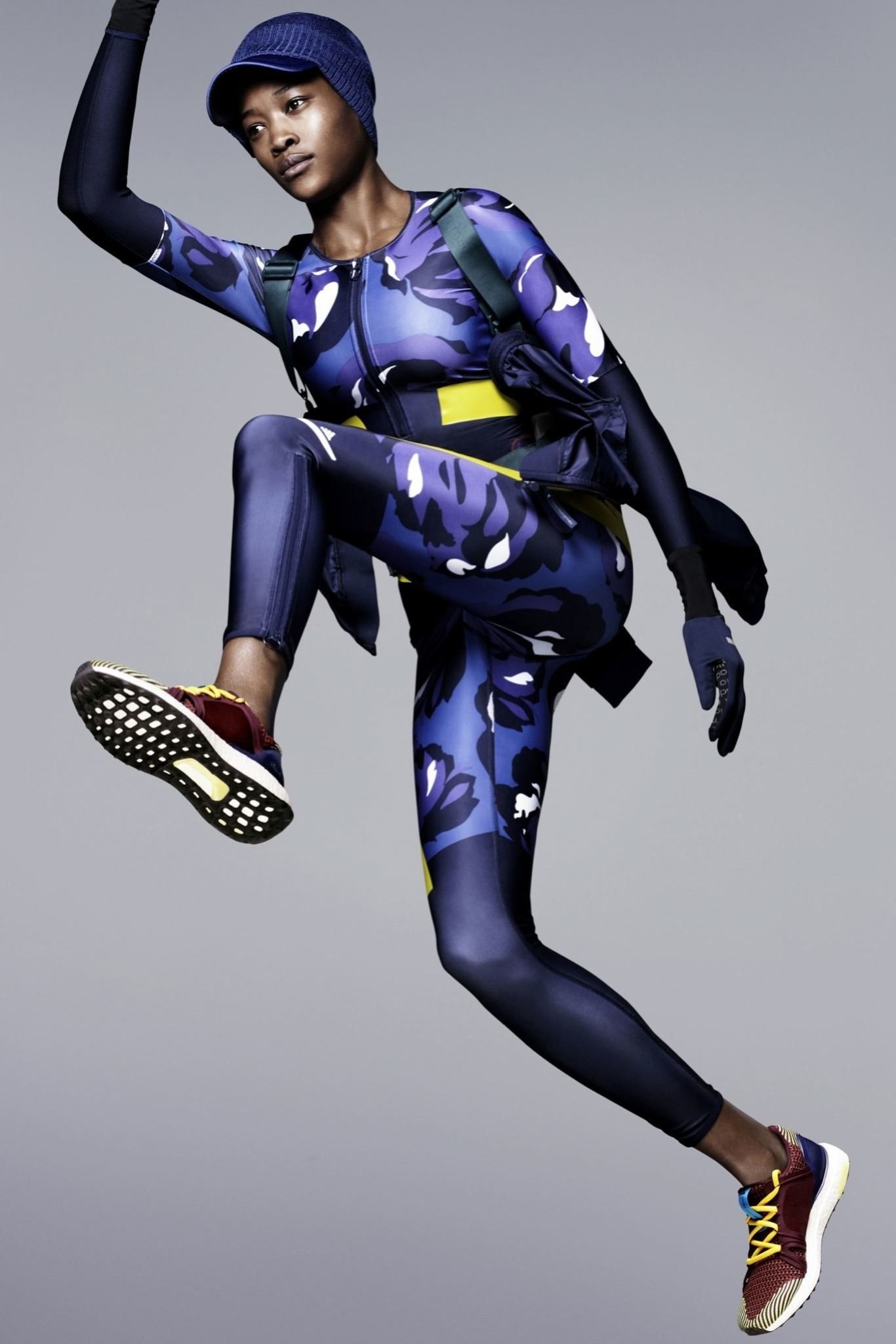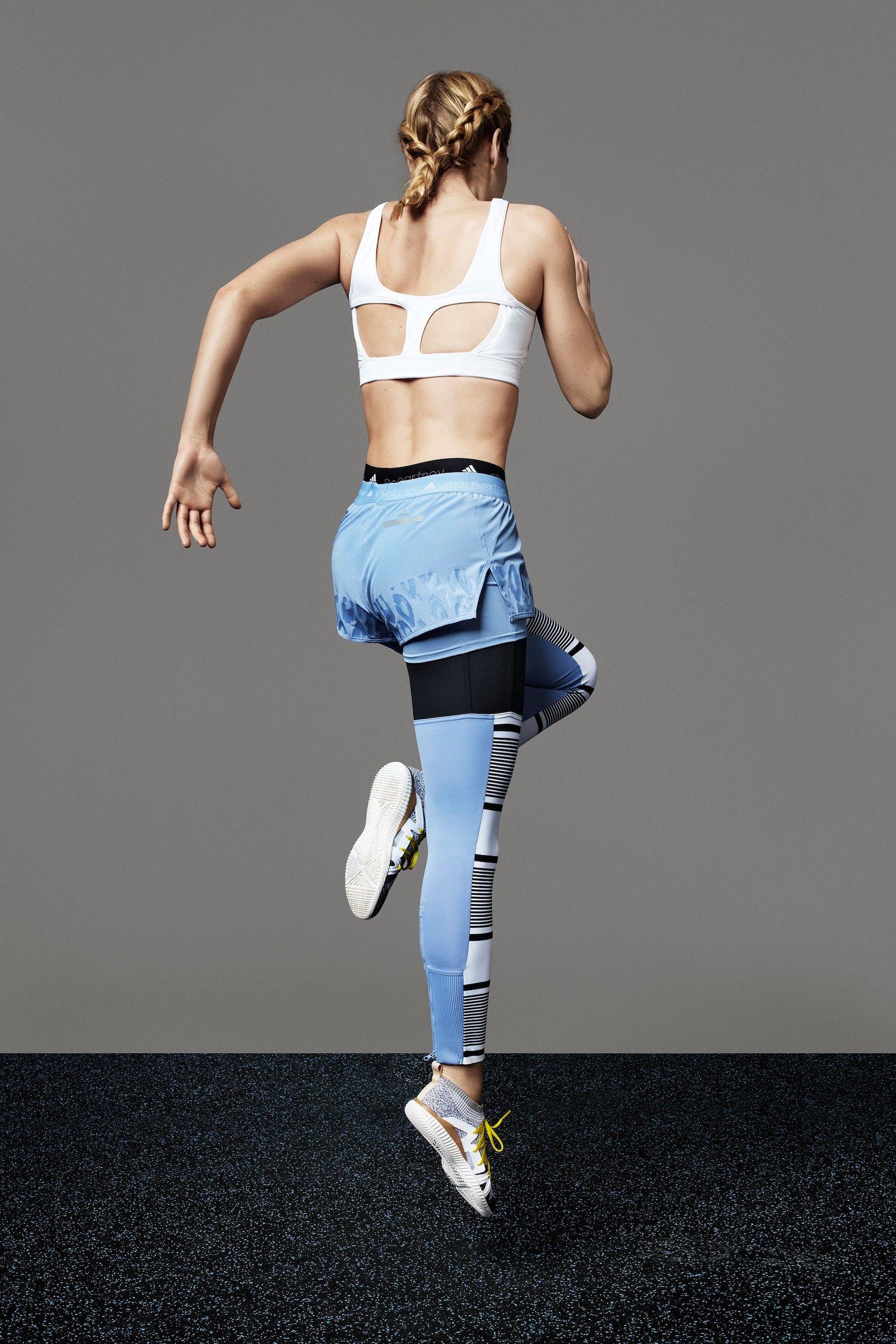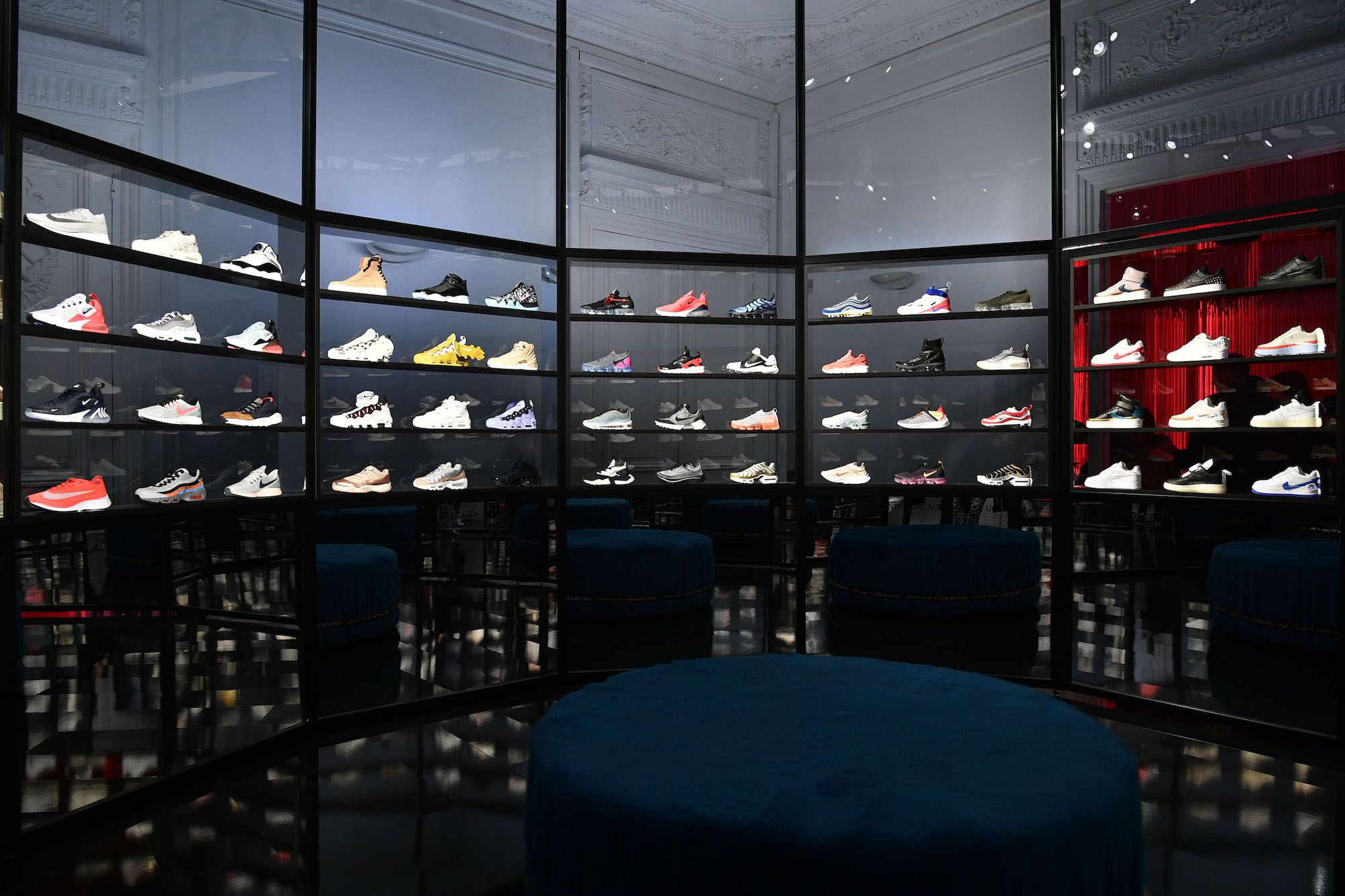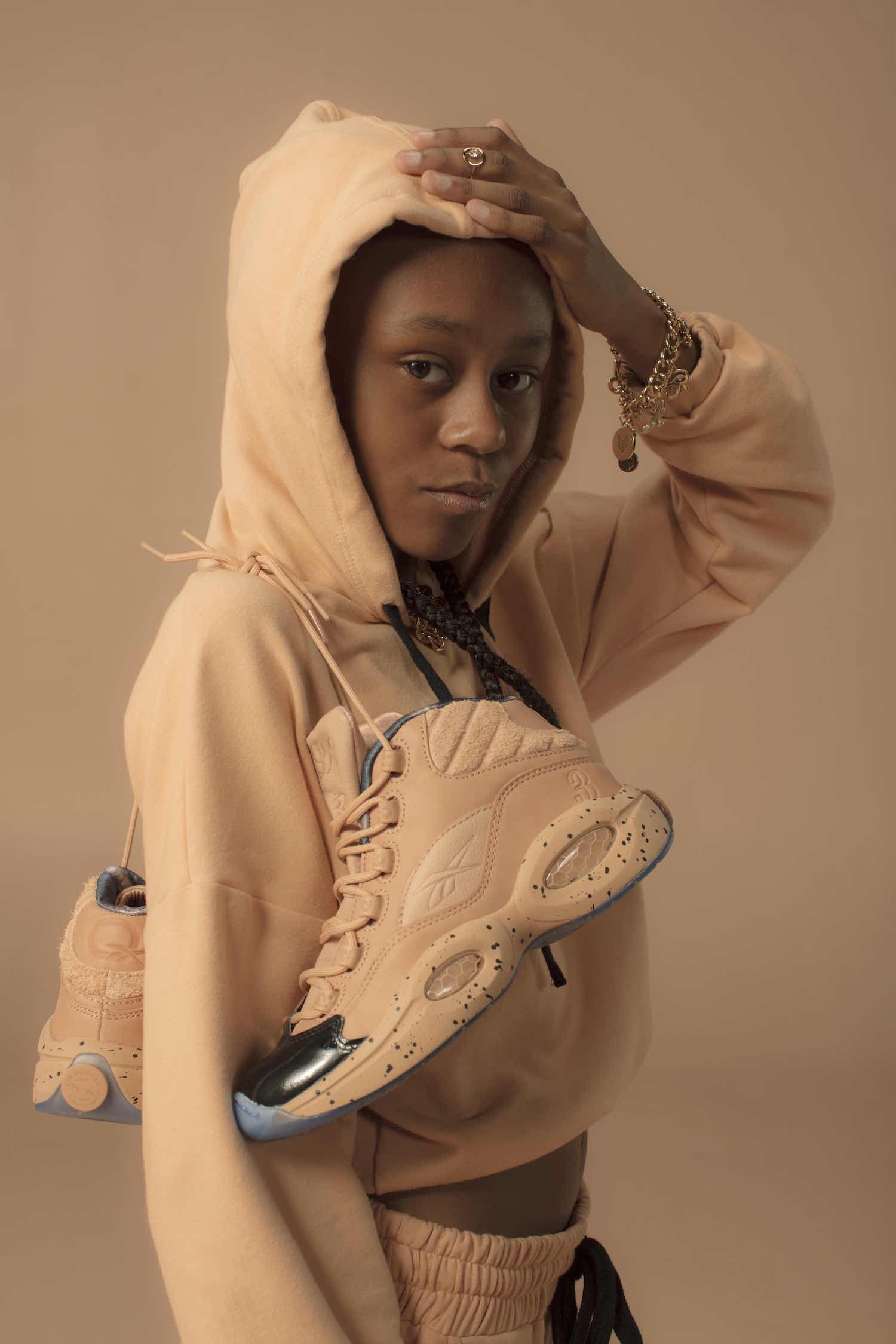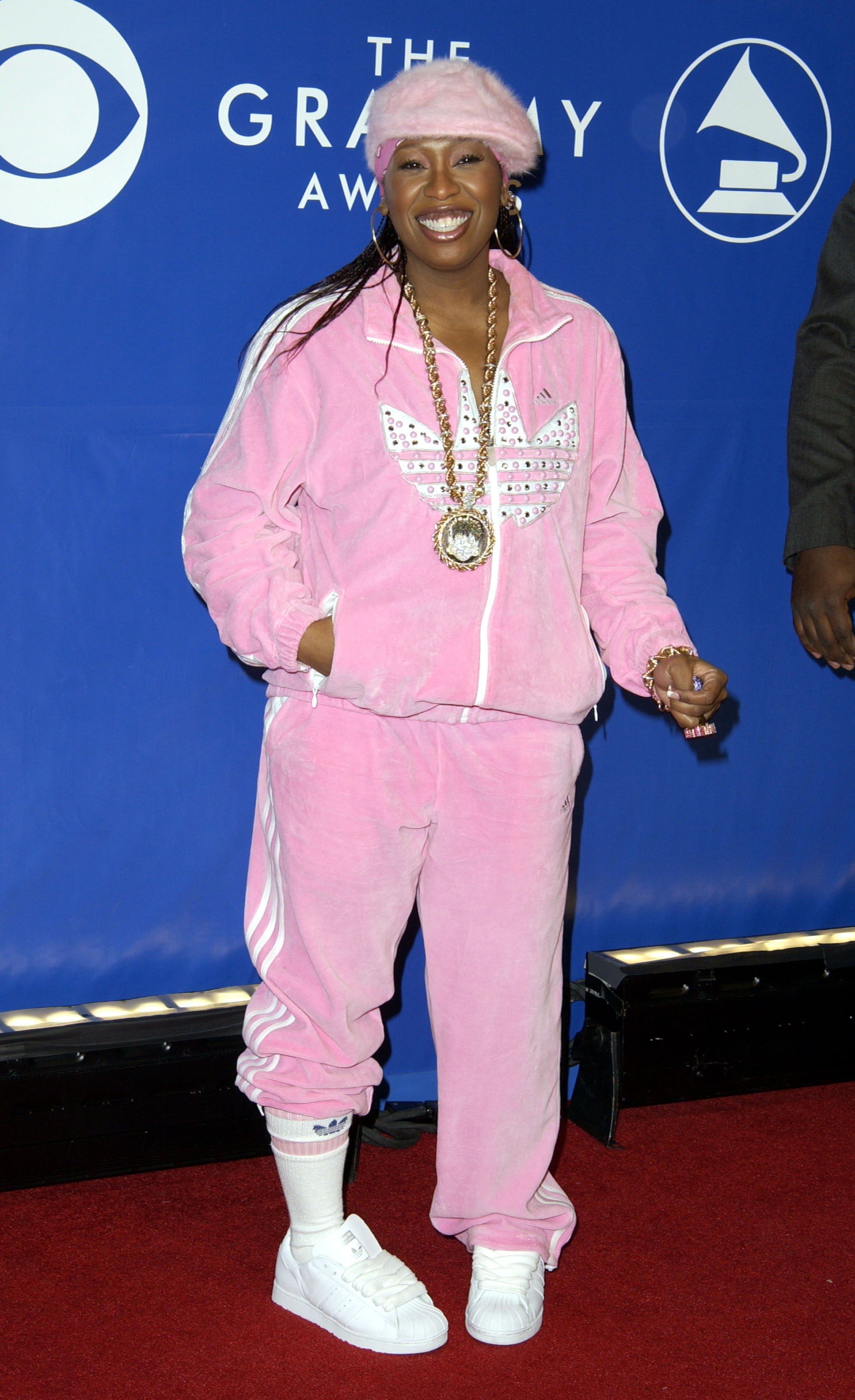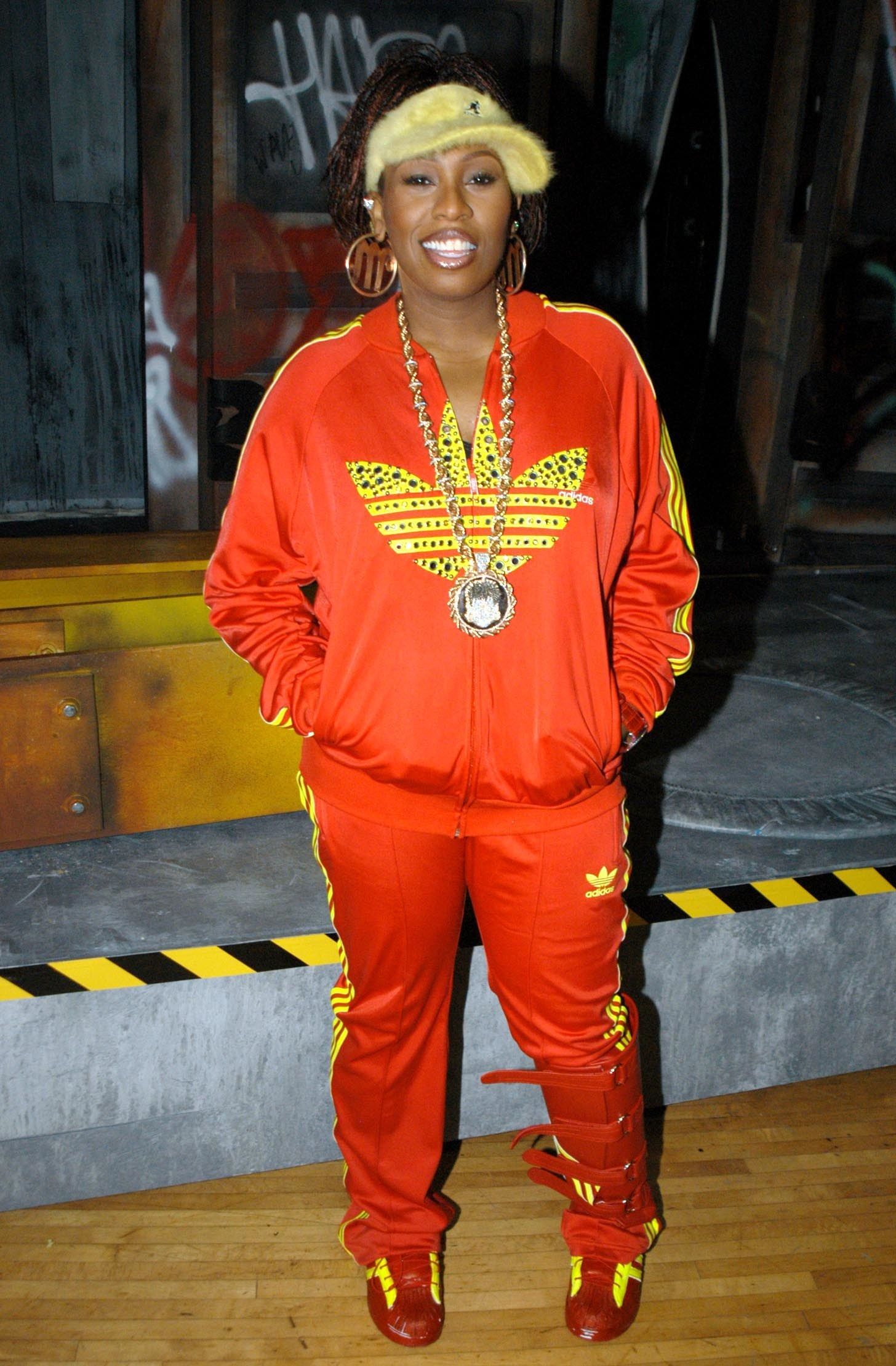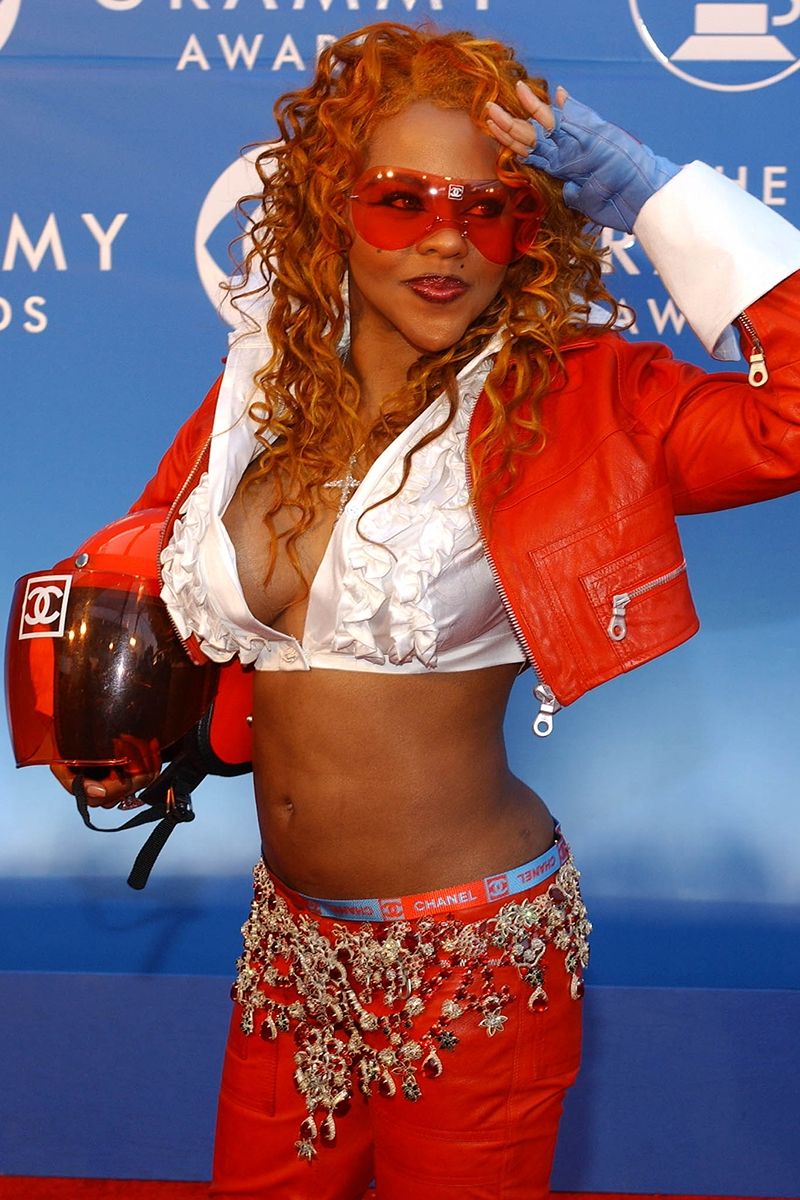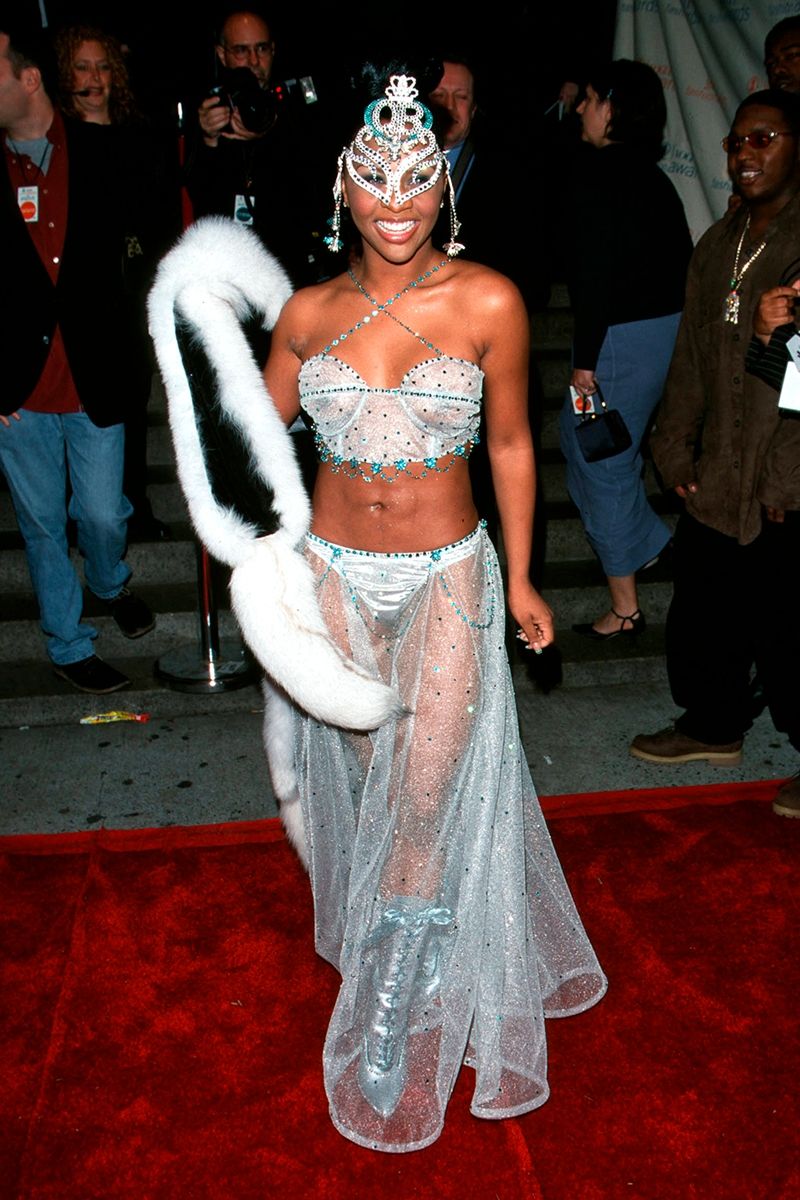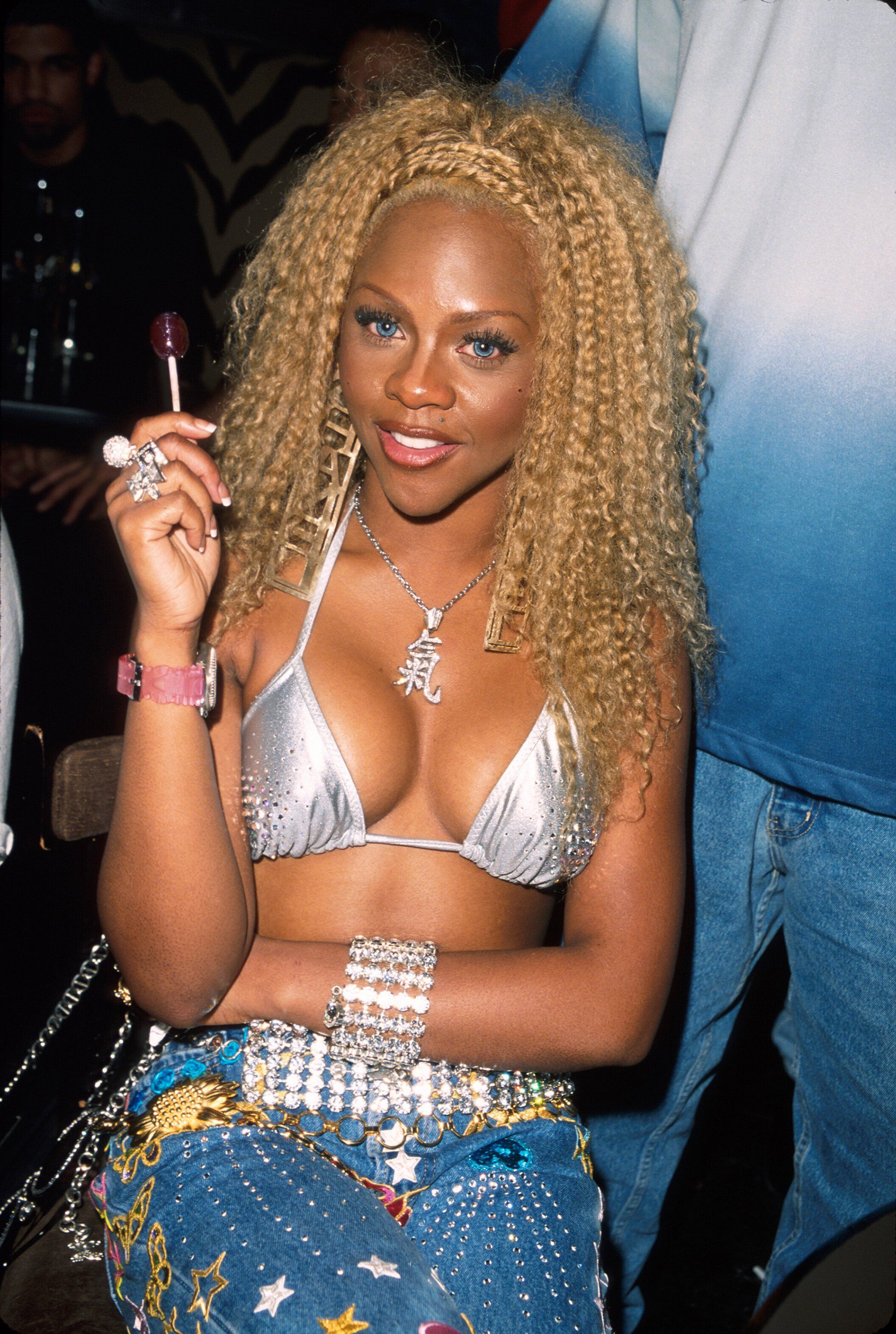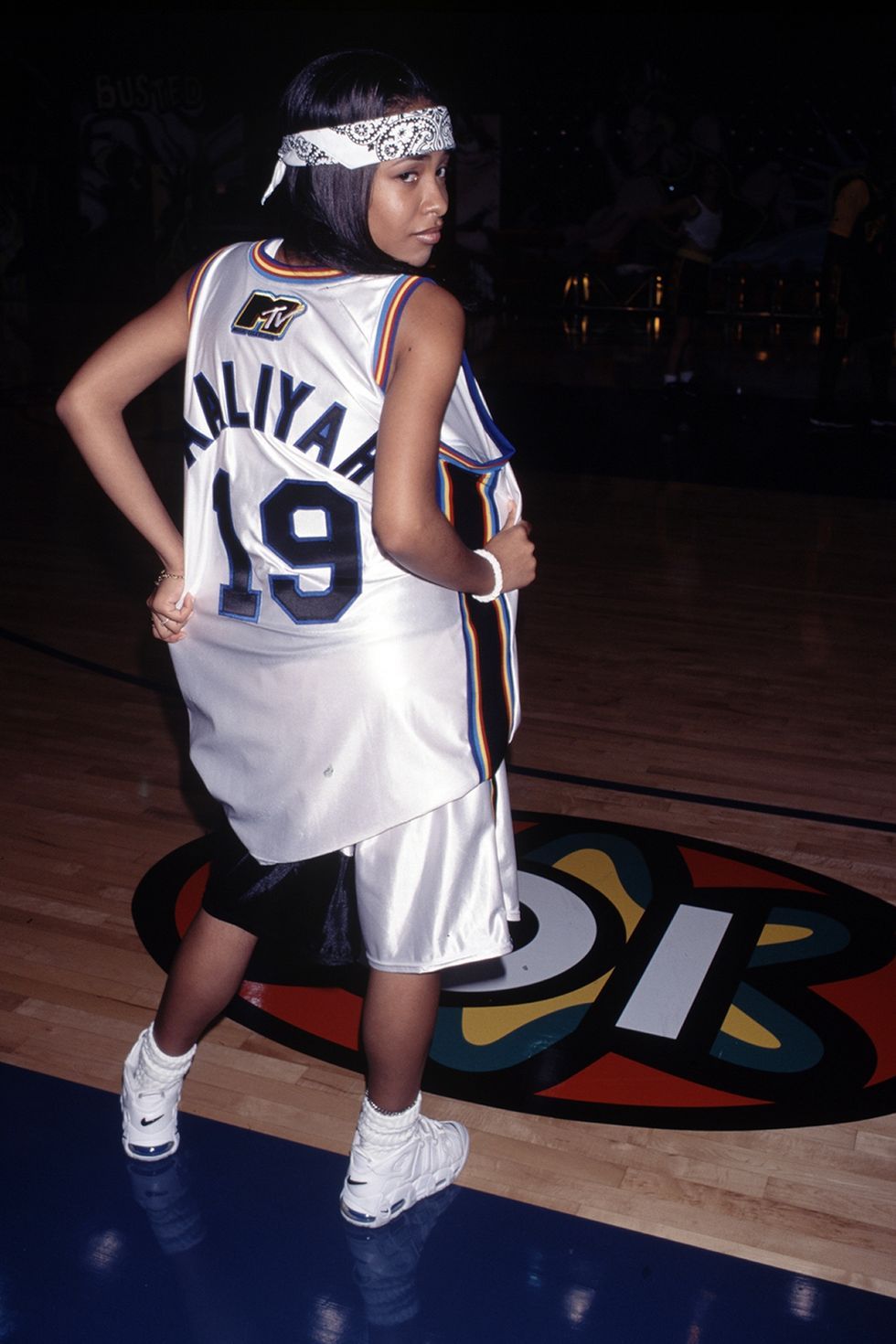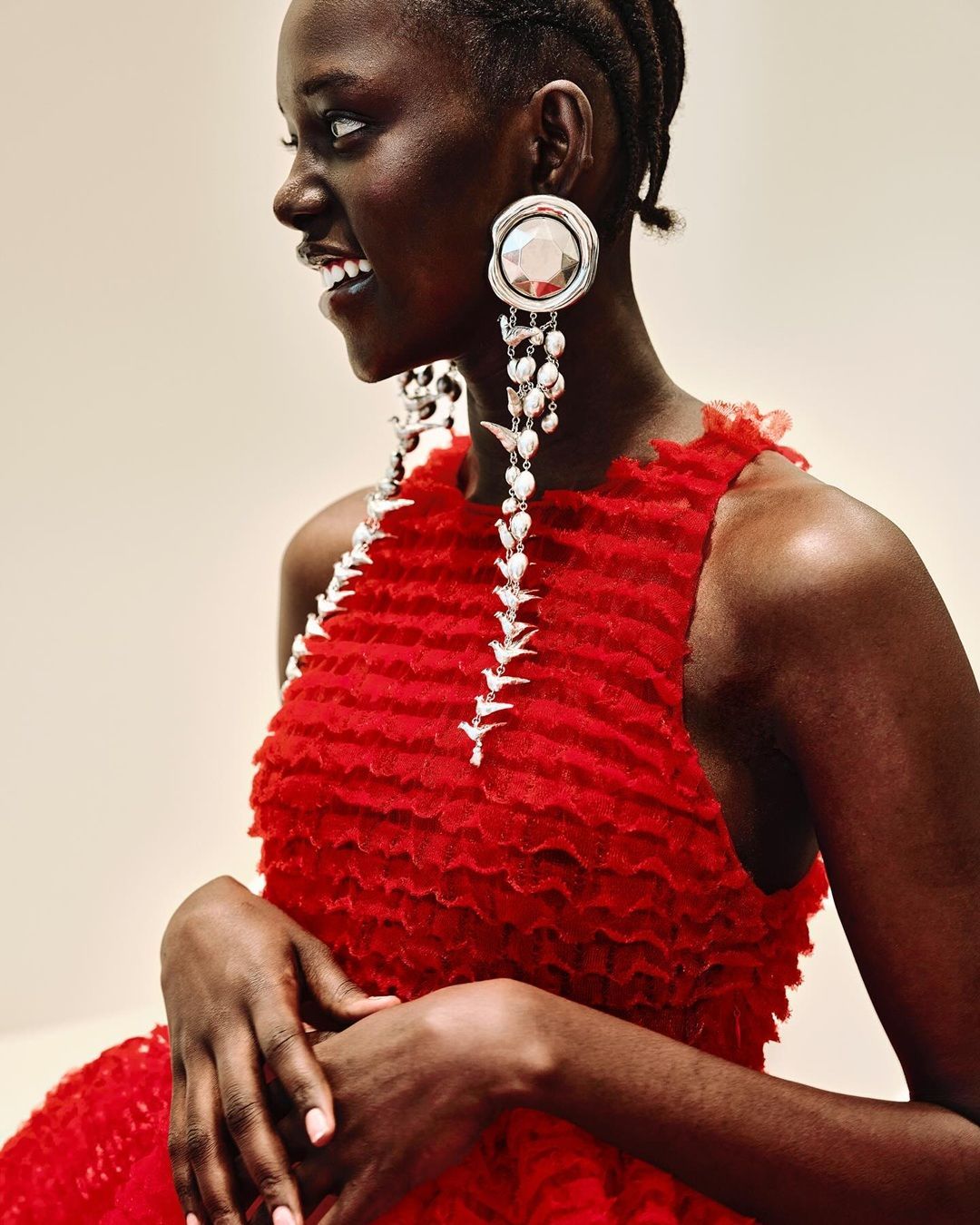
The female trailblazers of the streetwear industry From hip-hop to the biggest brands: women's contribution in the rise of a global trend
It is a fact: streetwear is an industry dominated by men. But here is another fact: women have always worked behind the scenes to help it become what it is today and have played a fundamental role in its evolution. Long before it was a global industry, streetwear was a subculture where women felt represented by military, skate, and sporty pieces, with touches of reggae, punk, and hip-hop. Fashion itself arises from the periphery of the system where the same catwalks send innovation back to streetwear. This stylistic wave, although considered by many a recent phenomenon, was born almost 50 years ago with the increasingly powerful and incisive rise of hip-hop music that allowed it to spread. What began as a subversive sub-class of marginalized people has now become catwalk material. Like the fellow musical trend mentioned above, streetwear also aims at breaking the patterns and rules imposed until then. This street style impregnated with different values, cultures, and races, more than just fashion represents a lifestyle, a revolution in constant motion that for many is the emblem of a generation. And here is how this new subculture has favoured the birth of new trends and has made fashion itself a set of codes that transmit the personality of the individual through a purely aesthetic means such as clothing.
The first pioneers of women's rap like Neneh Cherry and Aaliyah succeeded in establishing themselves in the hip-hop scene dominated by men, but above all, they committed themselves to spread a strong feminist message worldwide. Aaliyah, a very young R&B singer who died in 2001 at the age of 22, was one of the first to launch the crop tops or sports bras trend paired with baggy pants and low-waisted jeans, often worn with boxers strictly in view. The TLC, an American female hip hop/ R&B group in 1992, launched the DIY trend by wearing denim overalls for the first time on the red carpet and decided to combine maxi t-shirts marked with the use of spray cans that made their outfit the protagonist of a real fashion statement. Missy Elliott instead broke all the rules by wearing on one of the most important Hollywood red carpets her beloved multicoloured tracksuit by adidas, which has since become her benchmark. At the same time, Lil 'Kim was the first supporter of the "More is More", managing to bring a wave of femininity and audacity to the Hip-Hop scene of the time where her creative and barrier-free mix of high fashion and street clothes marked a whole generation. Tomboy style, logomania, crop top, oversized sweaters, and sweatshirts began to be the must-have in every girl's wardrobe.
Despite the work of these women, the global multicultural appeal of streetwear has always been more related to race than gender. The availability of sneaker sizes, storytelling and retail experiences for women did not exist until a few years ago. While female consumers are increasingly seen as a sales opportunity in the marketing field, the number of properly female brands remains very low. In the past, for women, it was difficult to land in the streetwear market and this led the female public to buy in sections dedicated to menswear, which is why today the most influential female figures are an advocate for gender inclusiveness with the intention of positively shaping the future of this style wave.
We remember names like Pauline Takahashi who created the Los Angeles Funkeessentials boutique and later led the Stussy women's design team; Leah McSweeney with her first female streetwear brand Married to the Mob; Beth Gibbs former James Jebbia assistant and currently creative director of Union and owner of the brand Bephie; Estelle Bailey co-owns the skate brand NOAH; Sofia Prantera co-founder of the Aries brand; Natalia Maczek founder of MISBHV; the work of Yoon Ahn at AMBUSH that challenges prejudices and inspires a change in the relationship between streetwear and gender; Danielle Chatari a Dutch student who captured the attention of the adidas headquarters with whom she went on to collaborate on a sporty-chic collection that went sold out in 9 minutes; Lanie Alabanza-Barcena, aka Miss Lawn, creative director and designer for the innovative HLZBLZ brand, launched in 2005 which, ten years later, holds a fundamental place in the closets of all those daring fashionistas who want to make a change in their approach to streetwear; Sarah Andelmam with her Parisian boutique Colette, which is remembered as the most influential female-run store of the last decade and, anyone with an eye on women's streetwear over the past decade, is also familiar with the Dimepiece LA brand where the founders Laura Fama and Ashley Jones worked together for almost 10 years to build what has become one of the most interesting female streetwear brands on the market.
The famous Melody Ehsani has built a distinctive brand, developing a following of women in love with the urban culture like the designer herself. But it's not just her colourful collection that attracts customers, but the message behind it. Authenticity is imprinted on her brand, in which her Persian background and motivational messages are intertwined within the packaging of the products. Being the only woman to open a store in an area dominated by male-owned brands like Supreme and Diamond Supply is not the only turning point for Ehsani, in fact in 2011 she claimed the title of the first woman to have created a sneaker with Reebok, the WMNS Pump Omni Lite Melody Ehsani I.
As trends have become more fluid and less gender-related, men are becoming just as eager to buy properly female collections. In fact, VASHTIE, known for being the first person to recreate a Nike Air Jordan II, years before Don C, was inspired by the so-called "mix of opposites". The masculine meets the feminine and the old school meets the new school. While the silhouette of the Air Jordan II she created is classic in its masculinity and in its design, a lavender tone makes it perfect also for women.
Last year, after working as a stylist at Louis Vuitton and at the RSVP Gallery in Chicago, Aleali May became the second woman to collaborate with Jordan Brand. Aleali's Air Jordan 1 has become a statement for both female and male sneakerheads, who recognized the genius and creativity behind her sneaker design.
How could we forget the collaboration between adidas and Stella McCartney where for the first time a high-end designer managed to create a collection totally oriented towards sports performance for women. With its garments designed for running, workout and swimming, adidas by Stella McCartney was the first innovation in the women's sportswear market. The designer herself added: "Women take both sport and their style seriously. Why should we sacrifice for each other?" Strong words that still remain current and full of meaning.
One of the most important and meaningful projects ever made is Nike Unlaced, a retail concept store dedicated to women's footwear, specifically created to give space to them. This initiative was a real social barrier-breaking that allowed girls to create their own stylistic identity thanks to the varied and wide sneaker selection in women's sizes. As stated by Amy Montagne, vice president, and general manager of Nike Women, this project granted the girls direct access to limited products considered a male-exclusive. Women have always struggled with the lack of sizes, GS versions or limited range of colours considered feminine. A change has already taken place with the launch of The 1 Reimagined, a Nike sneaker pack revisited by 14 women. This collection of 14 silhouettes serves as proof of what female designers can achieve. Meanwhile, the number of women's products and platforms is growing. Furthermore, the number of new female streetwear drops has increased by 38% in the last 12 months.
Recently Milan hosted one of the most important sneakers and streetwear events, SNEAKERNESS. By offering a unique mix of leading brands and retailers from all over the world, Sneakerness acts as a true meeting place for a wide group of people from different communities who all share the same passion. This cultural event, where sneaker enthusiasts confront each other, sell, exchange shoes, has seen an ever-increasing number of women, a group that has shown a growing interest in a world not considered of their own. In fact, this year we were able to see stands with female sellers and a wide selection of sneakers in the most requested GS sizes. The curiosity and the desire to become familiar with the so-called "street fashion", pushed the girls to dare in the choice of their clothes and in the selection of the sneakers to wear. No more pastel-colored skirts or fluorescent jackets, during this edition cargo pants, oversized sweatshirts in dark colors, bucket hat and Jordan 1 were the protagonists, reconfirming the status of fashionista streetwear.
The road to equality is still very long, but from now on, women can do nothing but move forward, one Jordan at a time.





















































